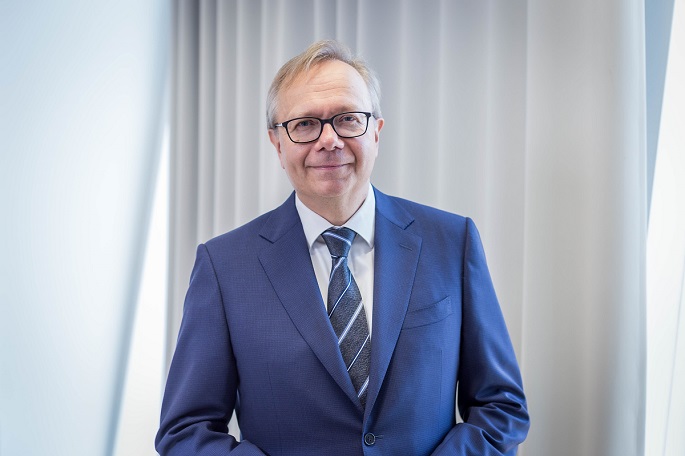OP forecasts 0.5% economic growth decrease in 2023
Published : 23 Nov 2022, 01:27
The Finnish economy will sink into a modest downturn, followed by a slow recovery in 2023, according to economic forecast published by OP Financial Group on Tuesday.
Gross domestic product (GDP) is expected to decrease by 0.5% in 2023 and grow by 0.5% in 2024, said OP in a press release.
The forecast, however, is lowered from the one released in August, in which GDP was expected to remain unchanged in 2023 and grow by 0.7% in 2024.
This year, GDP is expected to grow by 2%, in line with previous forecasts.
The downturn in the economic outlook is due most of all to sharp increases in interest rates, accelerating inflation and slow growth in export markets. The forecast is based on market expectations of interest rates and energy prices. In particular, projected interest rates have risen clearly from August.
“So far, economic trends have followed forecasts or exceeded them. Now, however, we are beginning to see signs that rising interest rates and inflation are eating into consumption. Next year, demand for exports will also decline,” said Reijo Heiskanen, Chief Economist of OP Financial Group.
OP's economists predict the Finnish economy to weaken across the board next year. Consumption will decline due to poor real income growth and increased saving. Rising interest rates will hit investments in residential construction particularly hard. Exports will suffer from the slowdown in growth in the markets. In addition, Covid stimulus measures no longer provide substantial support for the demand for services in exports or consumption.
Inflation is expected to reach its peak during the winter. However, the rise in consumer prices has spread to a wider range of components, resulting in a slower cooldown. Next year, prices are expected to continue to rise sharply on average, remaining above the target rate of 2% in 2024.
Employment in Q3 was at an all-time high, even though the employment rate was below peak levels in the early 1990s. During the year, however, both employment and unemployment have trended unfavourably. In the next few years, employment will see only a modest increase as economic growth slows down.
The external balance of the Finnish economy has weakened sharply this year, with current account deficit remaining high in the next few years. The deficit is increased by both a decline in exports and the rising prices of imported energy. As the public sector deficit is also set to increase, the Finnish economy suffers from a double deficit. Both the public sector and the entire Finnish economy are running into debt.
“In Finland, we haven’t quite yet grasped the fact that we are suffering from a structural double deficit. The surplus from the private sector no longer offsets the public sector’s deficit, Finland’s national economy is becoming indebted to foreign creditors. This restricts politicians’ room for manoeuvre and will also result in additional financing costs for the private sector over the long term,” said Heiskanen.


